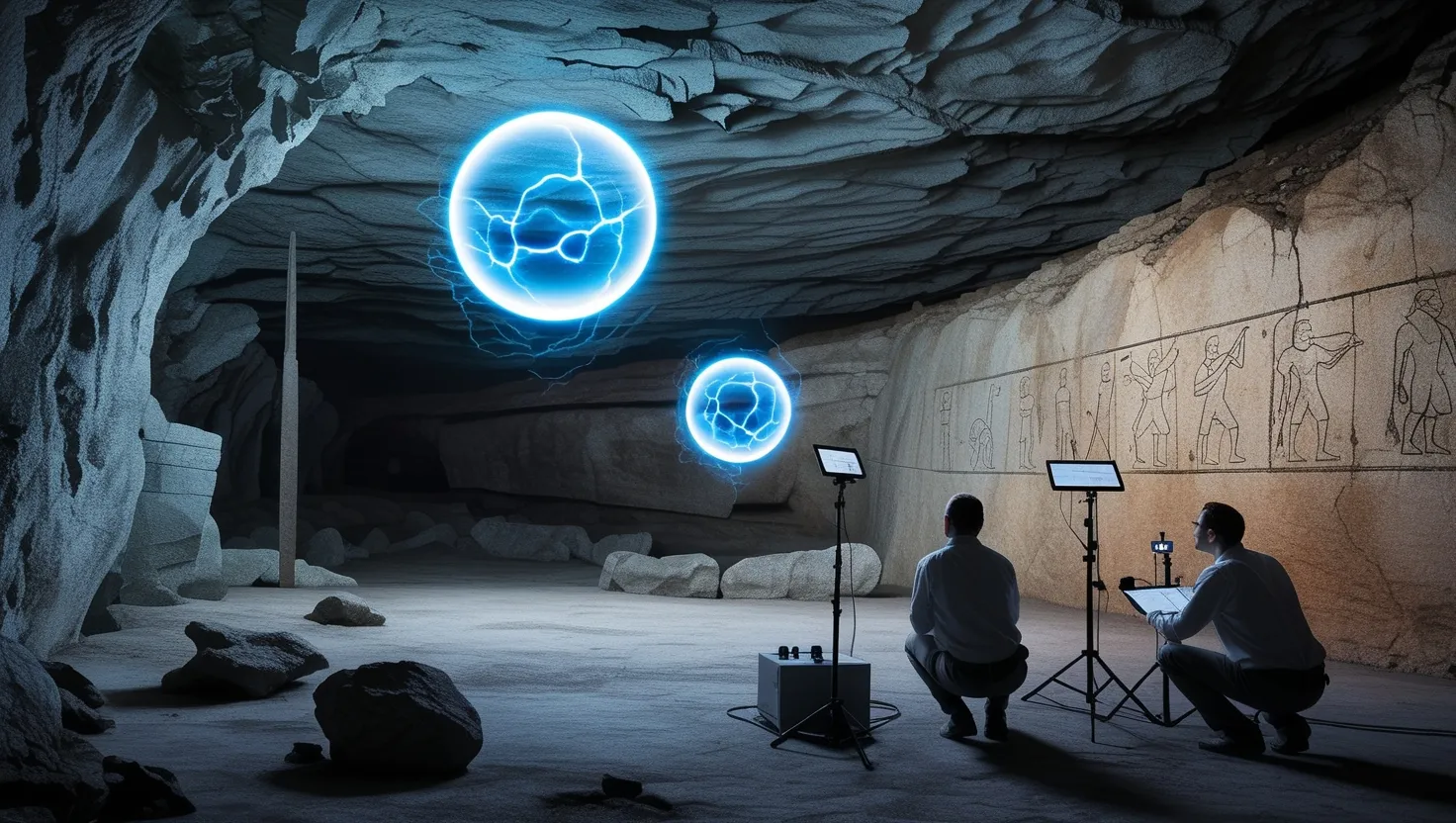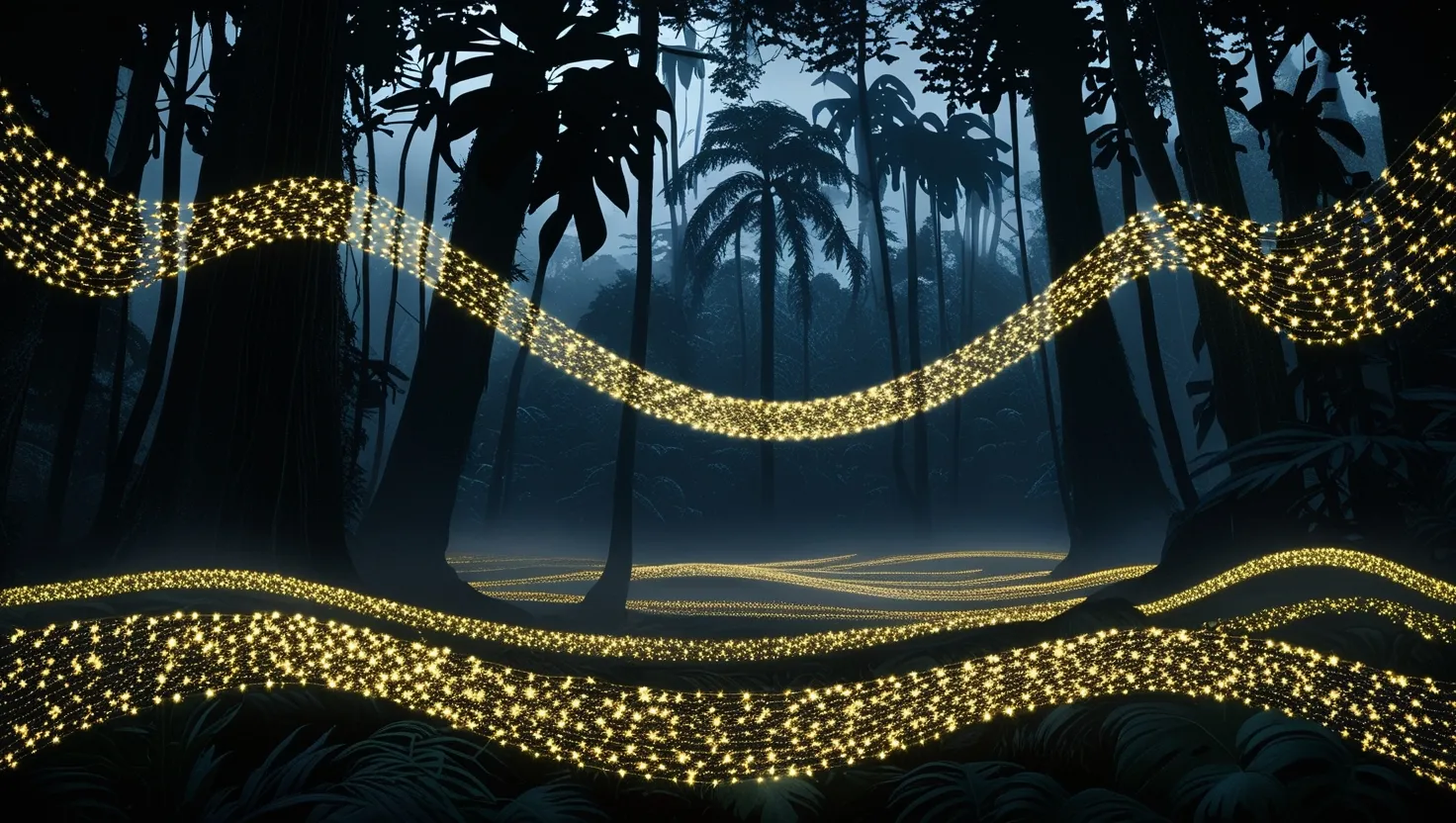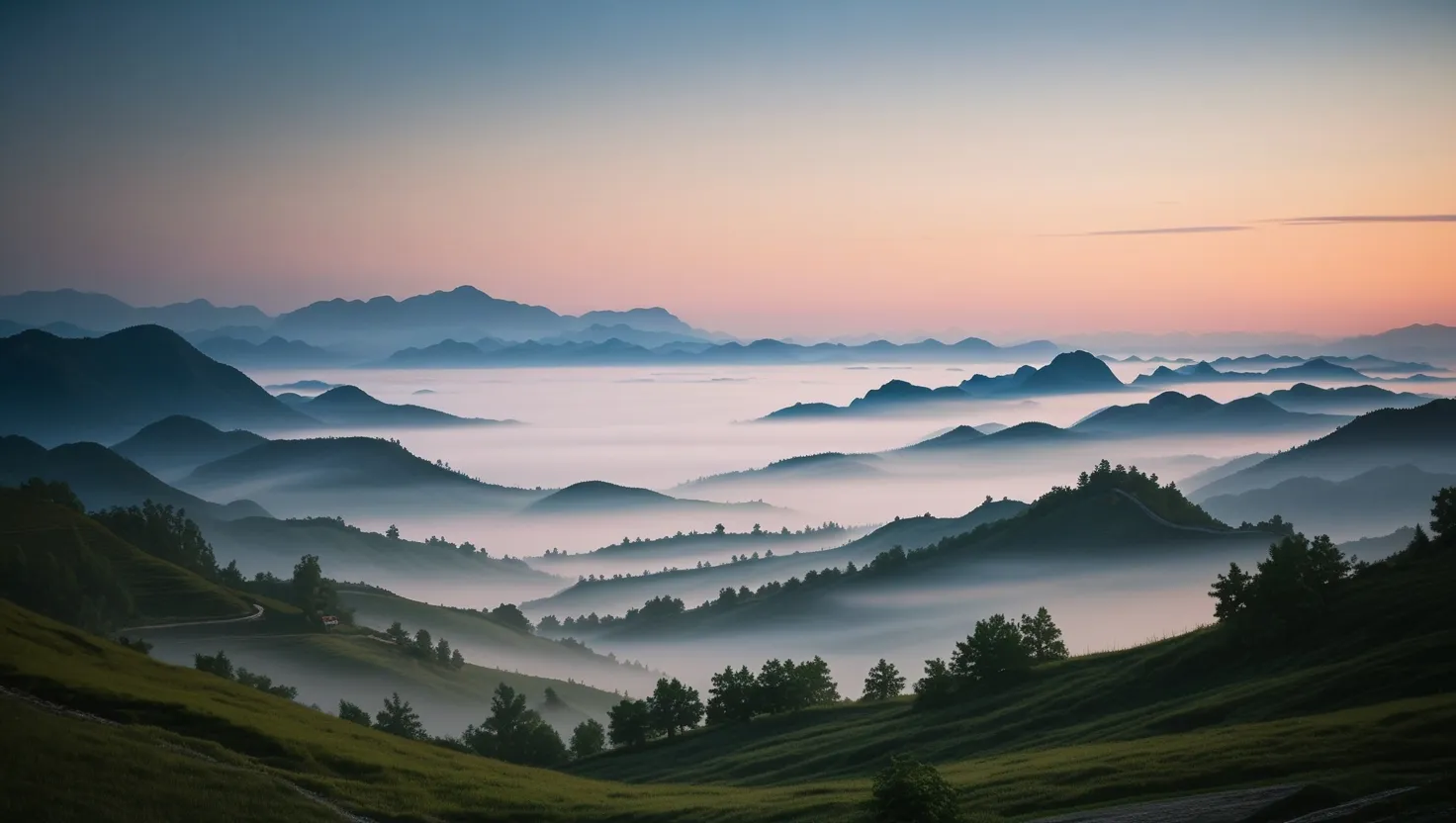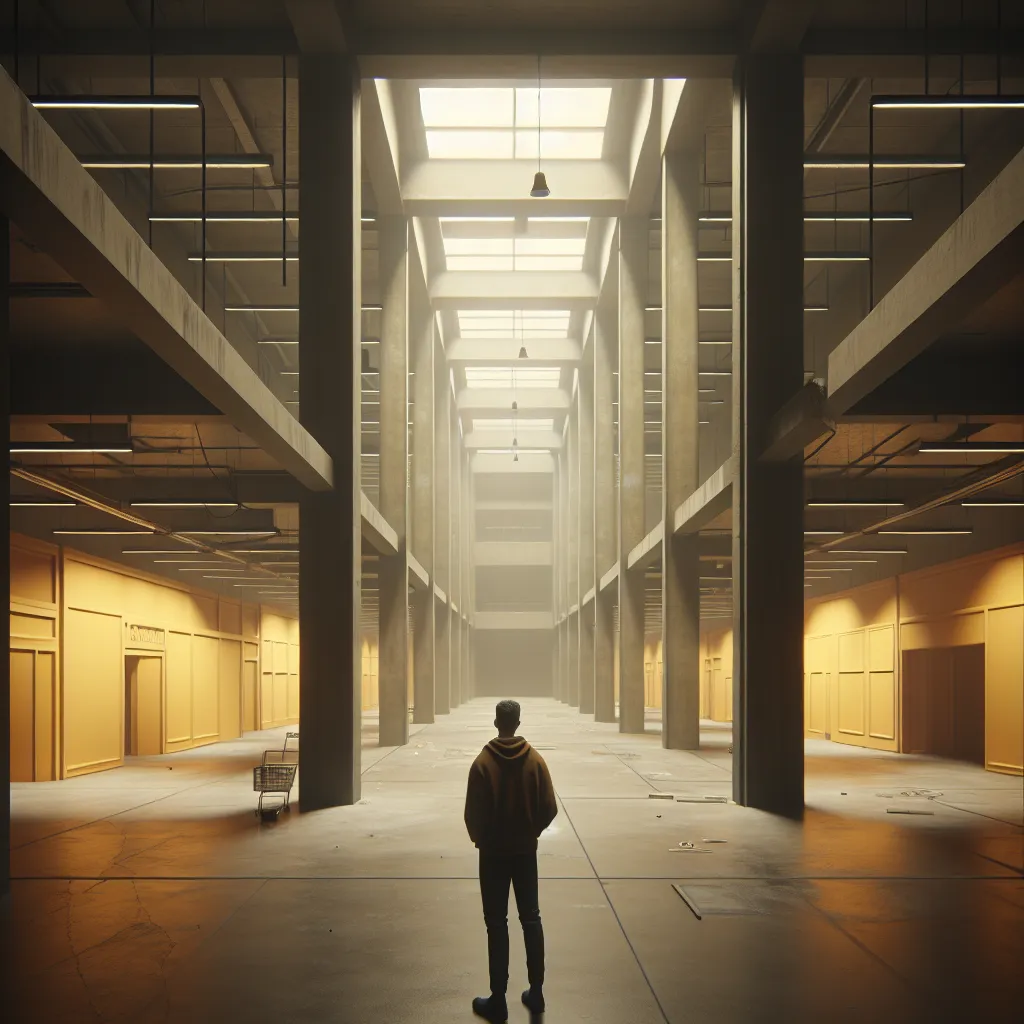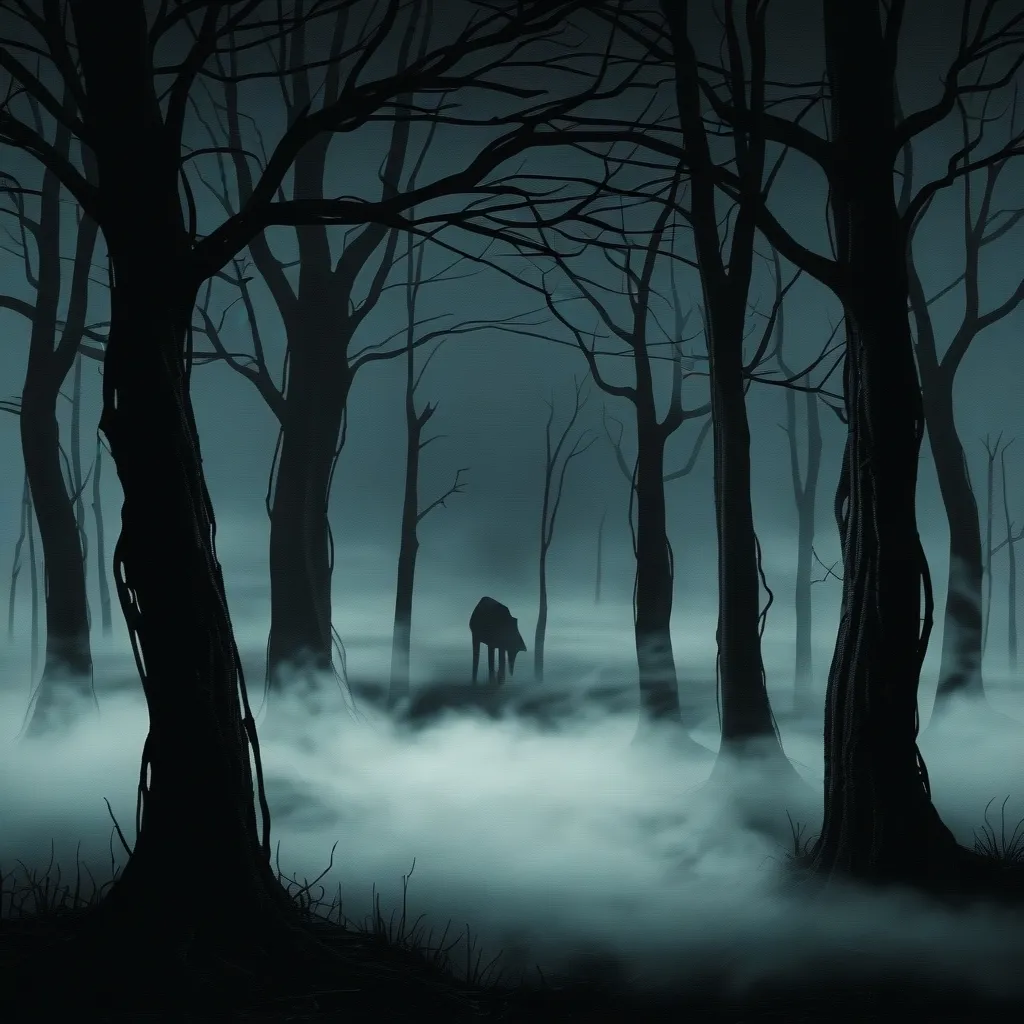Hidden deep beneath layers of limestone in the French countryside, the Cussac Cave quietly carries stories that stretch back over 28,000 years. The air inside is noticeably still, the silence broken only by the distant drip of water echoing through the darkness. While ancient humans once left their mark here with art and burial rituals, there’s another narrative woven into the cave—one that science has only recently begun to piece together. This is where the Cussac Cave plasma phenomenon makes its rare appearance, forming spheres of blue-white light that defy easy explanation.
Every so often, just as the sun’s activity reaches its peak, the cave transforms. Picture yourself as a researcher, standing in a chamber carved by prehistoric hands. Suddenly, a sphere of shimmering plasma hovers inches above an iron-rich wall, casting a cold glow across the ancient engravings. These orbs, each about the size of a grapefruit, don’t drift randomly. They hold their positions with a stubbornness that defies the gentle breezes winding through the tunnels. Have you ever wondered what it feels like to witness something that seems to rewrite the rules of the natural world? For the teams stationed here since 2008, that sense of awe never fades.
“The most beautiful thing we can experience is the mysterious. It is the source of all true art and science.”
— Albert Einstein
The plasma phenomenon at Cussac isn’t just a matter of electric spectacle. Instruments show that these orbs generate magnetic fields far stronger than the Earth’s own, and their movements across the cave follow such precise geometric paths that randomness seems almost out of the question. On rare occasions, one will dart suddenly from point to point, following the iron seams embedded in the rock as though drawn by an invisible thread. The spheres don’t just shine; they interact, strobing electromagnetic energy in frequency bands that researchers have struggled to explain using conventional plasma physics.
If you’re picturing a scene from science fiction, you wouldn’t be alone. But the evidence is real and growing. High-speed cameras, deployed during periods of heightened solar flares, have captured the spheres as they pulse and move, sometimes splitting briefly into smaller orbs before fusing back together. Spectrometers in the chamber display chemical signatures during these events that are almost as hard to explain: spikes in rare, heavy ionized gasses—xenon and krypton—that scientists typically wouldn’t expect to find in such abundance.
What makes Cussac such fertile ground for this kind of anomaly? The geology here is anything but ordinary. Magnetite and hematite veins twist through the cavern walls, interspersed with rare earth elements arranged in patterns more typically found at deep-sea hydrothermal vents. Some researchers have speculated that this mineral recipe, unique in both concentration and distribution, could be generating natural electric fields—charged further by the cave’s groundwater pressure and the relentless bombardment of cosmic rays during solar maxima. But every time new data comes in, another layer of questions follows.
Here’s a twist: radiocarbon dating shows these unique mineral structures formed alongside the first human visitors to this part of France. The overlapping timelines beg the question—did our ancestors ever witness these lights themselves? The nearby prehistoric art, with its careful engravings of animals and abstract markings, is ambiguous. Some see hints in the patterns, perhaps recording a memory of supernatural displays inside the earth. Others argue this is reading too much into coincidence. Still, you have to ask: could this cave’s visitors—perhaps the first to ever see fire—have also been the first humans to gaze upon a natural plasma phenomenon?
“There are more things in Heaven and Earth, Horatio, than are dreamt of in your philosophy.”
— William Shakespeare, Hamlet
The scientific community isn’t shy about big theories. One proposal points to piezoelectric effects—a process where mechanical stress on certain minerals generates electrical charges—as a way to create stable plasma in confined spaces. In some scenarios, underground water pressure trickling through the crystal-rich rock could set up brief surges of energy, captured and shaped by the cave’s rare earth scaffolding. Another idea involves nuclear interactions, small-scale natural fission events inside uranium-rich pockets, sparking ionization in the cave’s microclimate. Each theory accounts for a part of the phenomenon, but always leaves some aspect—like the spheres’ geometric choreography—out in the cold.
If you ask me, the real fascination isn’t in the spectacle itself, but in how it challenges our sense of certainty. For all our advances in electromagnetic theory and geology, this cave quietly demonstrates that nature doesn’t always play by the rules we expect. It’s a reminder that discovery isn’t always about having answers—it’s also about learning to keep asking better questions.
Why do the plasma spheres interact so strongly with walls heavy in iron-rich minerals, but not in other chambers equally damp, dark, and ancient? Why do the electromagnetic bursts settle only on certain frequency bands, ones not directly linked to any known natural source? Are we looking at a natural process the earth repeats in hidden corners around the globe, or is Cussac’s chemistry so specific that these plasma events are unique?
There’s more to this story than science. For the teams who’ve worked here year after year, just being allowed to enter the cave is a privilege. French authorities guard these halls with the utmost care, restricting access to prevent the contamination that once damaged the Lascaux caves. Each researcher suits up with surgical precision, every step mapped and measured, to preserve the Paleolithic legacy alongside the modern mystery. The cave is rarely open to even the most seasoned scientists, creating a sense of anticipation and responsibility every time the steel gate swings open.
“Mystery creates wonder and wonder is the basis of man’s desire to understand.”
— Neil Armstrong
Maybe this helps explain why stories of luminous orbs and strange lights have cropped up across the world’s folklore—from the will-o’-the-wisp of English marshes to the Min Min lights of Australia. Cussac, with its spectral orbs and ancient art, simply adds another dimension. Even as our instruments get more precise and our sensors more sensitive, there’s a personal, almost poetic element to this kind of research. You stand, torch in hand, while the instruments scan invisible spectra and the blue-white glow pulses—somehow ancient and new at the same time.
Are there future answers waiting in the next solar cycle? Teams are planning more intensive monitoring whenever the sun’s activity surges, hoping to catch more data and, with luck, more orbs in motion. There’s talk of drilling into untouched veins to map chemical gradients, and even sending in autonomous drones loaded with an array of new detectors. But the cave itself is fragile. After all these millennia, its silence is easily broken and not so easily restored.
It’s tempting to think of discovery as something linear—find a phenomenon, measure it, explain it, move on. Yet Cussac, like so many of the world’s greatest puzzles, defies tidy conclusions. The more we study, the more some boundaries seem to blur. Plasma physics meets geology. Atmospheric science meets the enigma of consciousness—how do ancient people, their art, their rituals, fit into this picture? Was the light a force of nature, or something that inspired awe and maybe even reverence?
“We do not merely destroy our mysteries as we discover them, we only move their boundaries farther out.”
— Karl Popper
Standing in that ancient chamber, both observer and participant, you become part of a lineage stretching back to the first artists who carved the Cussac walls. The luminous spheres are a reminder that nature still holds secrets strong enough to humble us, even as we measure and map them. What would you do if you found yourself face to face with a phenomenon that science can’t quite name? Would you reach for explanations, or simply watch, accepting that some wonders are best experienced before they’re understood?
The journey to understand the Cussac Cave plasma phenomenon is far from finished. Even as technology advances, some mysteries retain the power to stop us in our tracks, to fill dark spaces with light—quite literally—and to keep the spirit of curiosity alive. In the end, that’s perhaps the greatest lesson held by these ancient halls: discovery isn’t just about conquering the unknown. Sometimes, it’s learning how to stand in the presence of wonder, content to be illuminated—and changed—by its glow.
